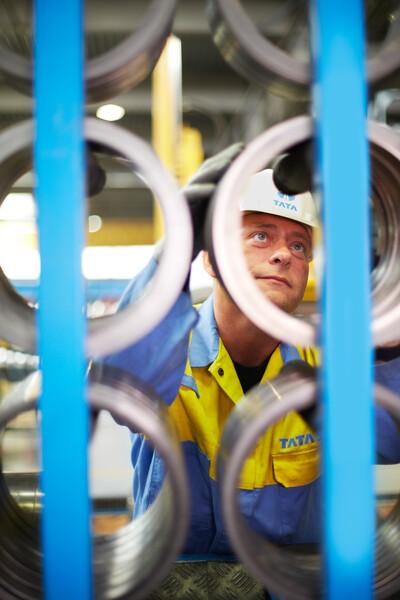
We have developed a building operational CO2 calculation tool that helps specifiers to make more informed decisions when selecting roof and wall cladding systems, helping them ensure that their building envelope has the lowest, economically viable, carbon footprint.
The tool was developed in conjunction with Oxford Brookes University and validated by Tata Steel's UK supply chain partners in response to architects requests for more detailed guidance on cladding systems carbon dioxide emissions tailored to a specific building. Prior to this, information was available based on examples of generic ‘large’, ‘medium’ or ‘small’ buildings but the results were subjective and only provided indicative performance.
Energy reduction in buildings is a key part of the UK response to climate change, and of meeting the challenges of resource depletion and energy security.
Forty percent of the UK’s energy consumption and carbon emissions are attributable to the operational energy requirements of buildings; as a consequence there is a sustained drive to achieve better standards of energy efficiency across all sectors.
In terms of new buildings the agenda is looking firmly toward low and zero energy performance, there is no doubt that regulations will change the way that buildings are constructed and the products and materials that are used. This CO2 calculator tool is a step in the right direction to enable this to happen, for specifiers to make a more informed and cost effective selection to achieve low energy building envelopes.

EN-Construction-Contact-Colors
Colorcoat Connection® helpline














































































































































































